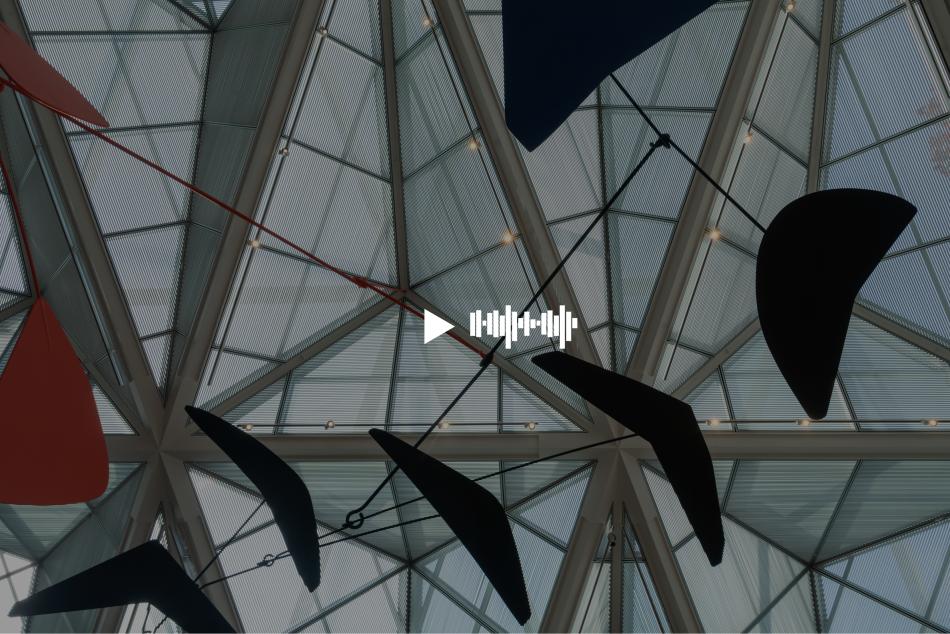The Old Musician by Edouard Manet, painted in 1862. Oil on canvas. The painted surface is just over 6 feet high by 8 feet wide.
This description is nearly 4 minutes long.
A group of raggedly dressed people cluster around a man with a violin on a hilltop. The musician sits on a rock just to the right of center, with his violin on his lap. Three children, one carrying a baby, stand to the left. To the right are two men. The scene is painted with loose, fluid brushstrokes.
Let’s begin with the musician, then move from left to right
The man sits with his body facing our left but he turns his head to face us. He has black curly hair streaked with gray and a lighter gray beard, framing his parted lips. He has brown eyes, black eyebrows, and deeply tanned or light brown skin. A long, loose brown coat or cloak drapes over the shoulder closer to us and across his lap. A satchel lies near his scuffed black shoes. He clasps the neck of his violin in his left hand, holding it as one might a guitar. Resting his right hand against the strings, he holds the bow between crossed fingers so it slants away from him to the left.
Next to him, the three children occupy the left half of the canvas. Closest to the musician, standing just beyond his knee, is a boy with tanned white skin and short cropped, dark brown hair. He wears a dark brown waistcoat over a black shirt with voluminous sleeves. His baggy trousers and dusty shoes are also black. His face turns towards the musician. His right arm rests around the shoulders of his companion, a boy wearing white. This second child has paler white skin and straight dark blond hair, mostly hidden by a broad brimmed straw hat. He wears an overlarge white shirt tucked into baggy tan trousers. He stares out of the canvas, slightly to our left. His hands hang loosely at his sides.
Moving now to the far left, a barefoot white girl stands holding a baby wrapped in a brown shawl. The girl faces the musician. Her curly auburn hair obscures most of her profile. She wears a black top with trailing sleeves and a sea blue skirt, with streaks of dusky pink. She holds the baby, with blond hair and white skin, up against her chest, level with her chin.
Let’s turn now to the two men to the right.
Nearest to the musician, and just behind his back, a white skinned man with a brown beard wears a tall black top hat. His body faces us as he leans back against a rock; his head turns towards the musician. He is enveloped to the knees in a chestnut brown cape, and wears light gray trousers and black shoes.
To the far right, and half cut off by the edge of the canvas, the final person stands turned towards the musician, his chin tucked down. He is an older, white-skinned man with a white beard. He wears a dark brown turban on his head and a long dark coat over an ankle-length white robe. The hand closer to us rests on a cane and he holds his other fist against his chest.
Behind the group is a glimpse of distant mountains with a cloudy sky above.



